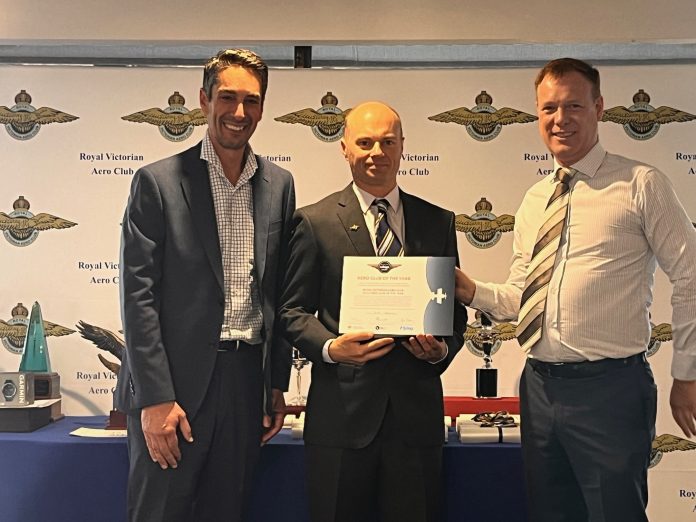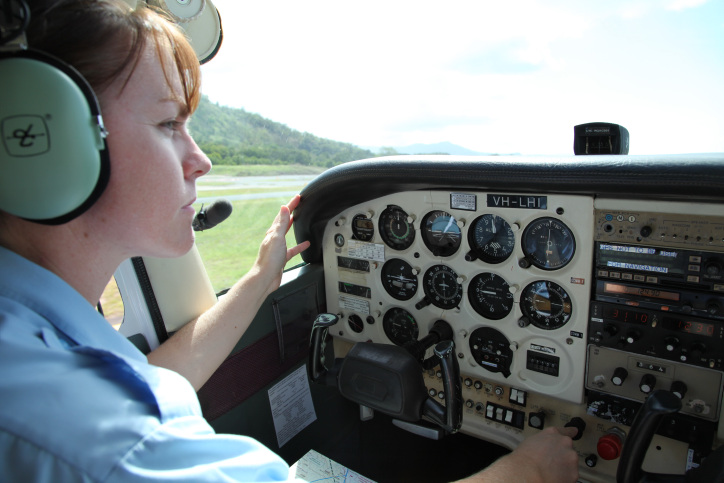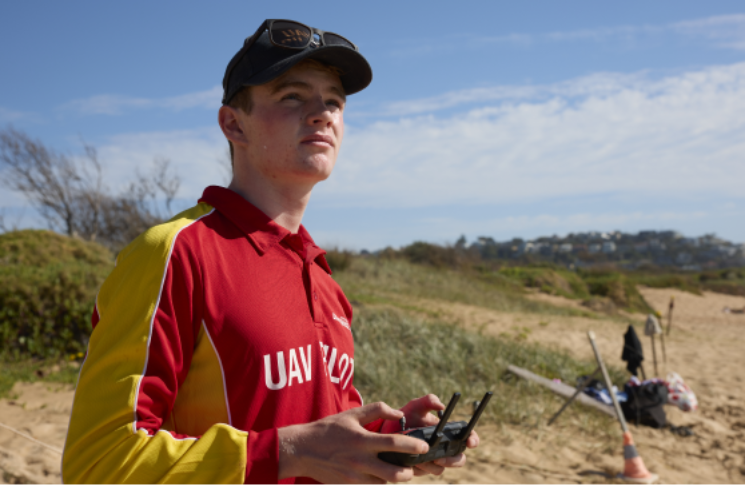
Few aero clubs can claim such a storied history as the Royal Victorian Aero Club (RVAC), dating back to 1914 — just a few short years after the Wright brothers made their first historic flight at Kitty Hawk.
Founded with the intention of training pilots, a few notable members from the Australian Flying Corps in World War I, formed the Australia Aero Club, Victoria section (now RVAC) was originally located at Point Cook, where it operated several of the early aircraft that have since faded into the aviation history archives – machines such as the de Havilland Hummingbird monoplane and Gipsy Moth biplane.
During the war, the Corps played a crucial role in reconnaissance, bombing, and air defence for Australian and Allied forces, with its pilots and crews facing immense challenges and risks. The RVAC’s early involvement in military aviation set the stage for its future role in shaping Australia’s civilian aviation sector, with many of its members later playing prominent roles in the nation’s burgeoning airline industry.
Over a century later, the club – now located at Moorabbin Airport – was recognised as the Australian Flying Wings Awards Aero Club of the Year at an event on Saturday, presented by CASA’s Andreas Marcelja, Executive Manager, Stakeholder Engagement division.
With a full-time CEO, monthly competitions, two flight simulators, and flyaways to fantastic locations such as Longreach, the club has also transitioned into 21st century technology by creating its own dedicated members app.
Club president Anthony Jones admits it’s been a long haul back post COVID, but the club continues to grow, with membership recently tipping over 400 members.
‘We’ve had a membership climb in the last 12 months after maybe 7 or 8 years of slow decline, which is really positive,’ Jones says.
‘This can probably be attributed to people coming out of the pandemic and wanting to get into flying again. We’ve also rejuvenated member activities such as flyways and added in a few more social events too.
‘Our safety sessions have focused on the topics that are relevant to our private members such as dealing with automation, advanced cockpits and the latest and greatest Garmin equipment.’
With members ranging in age from 16 to 80, the RVAC also fosters a vibrant social environment where individuals from diverse backgrounds and age groups come together to share their love for aviation.
‘We have a cohort of members called the “penguins”,’ Jones explains. ‘Obviously penguins are flightless but these are valued members who’ve had a licence at one point and for one reason or another had to give that up but remain in the club to maintain social contact.
‘One of our highlights is an annual trivial night with Lilydale Flying Club and Peninsula Aero Club and now that’s expanded to include the Latrobe Valley Flying Club too. It’s quite competitive but really enjoyable and each club takes a turn in hosting the event.
‘We also continue to commemorate the Battle of Britain with a dawn flight around Port Phillip Bay. It’s quite a sight seeing around 15 planes in a loose formation and we always cap it off with an interesting special guest speaker at our breakfast event afterwards.’
Jones explains that the club has also successfully managed to bridge the gap between flight school and flying club, with a strong focus on safety, a supportive learning environment, and member support.
‘The camaraderie of any flying club is that everyone has at least one thing in common, and that’s aviation,’ he says.
‘Having an aircraft fleet that members want to fly in and that are good for training is essential and that’s what our club has.
‘As a flying club, whenever we make decisions at a board level, we keep thinking about what our purpose actually is and what’s the vision and the goals of our organisation so that those choices benefit the entire club and keep us on track toward achieving our future objectives.’




